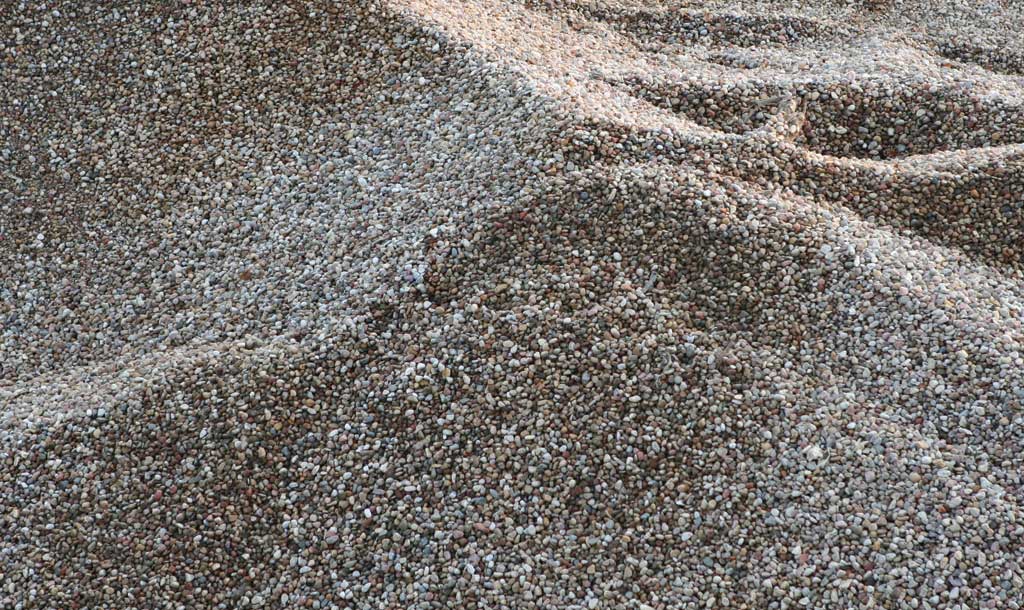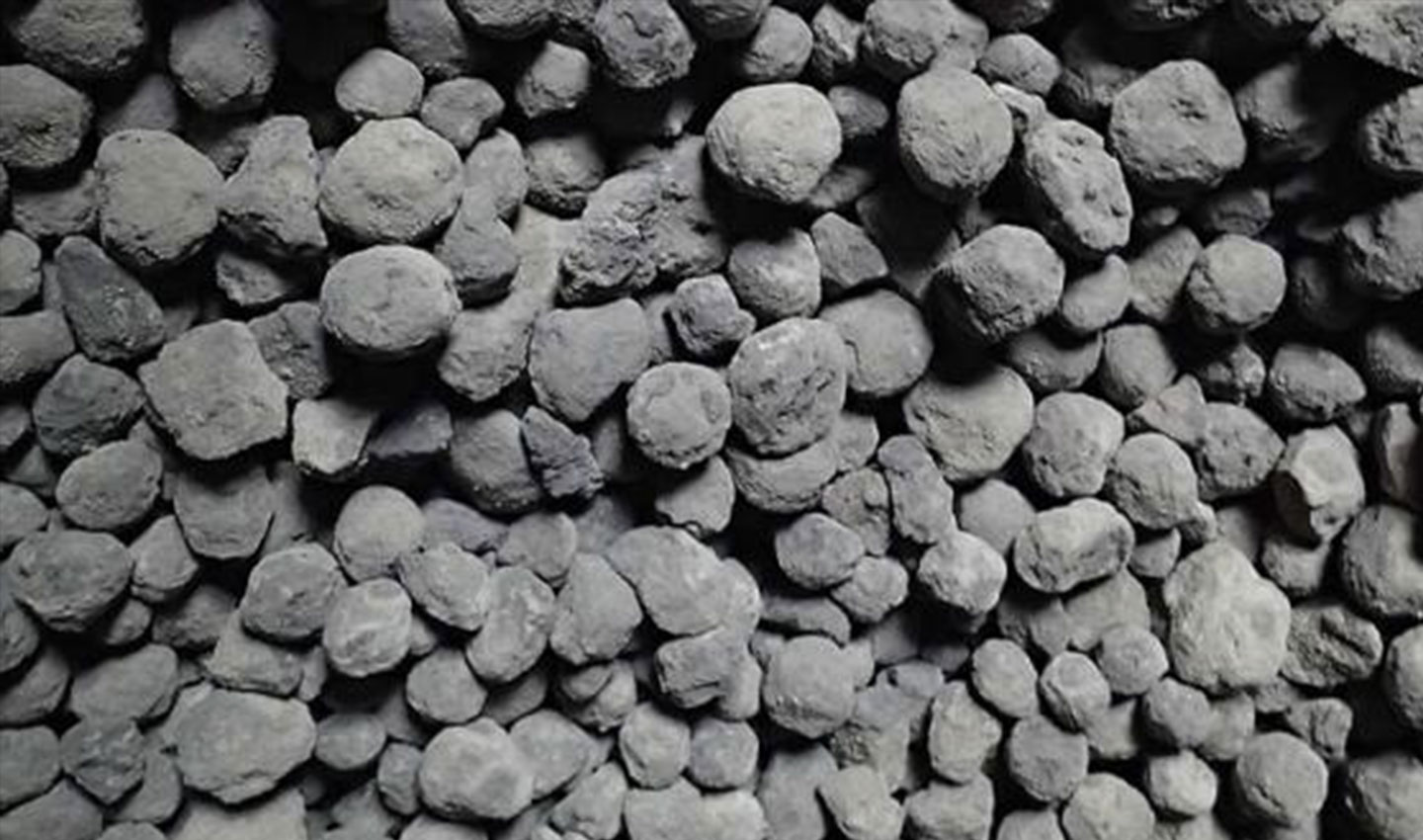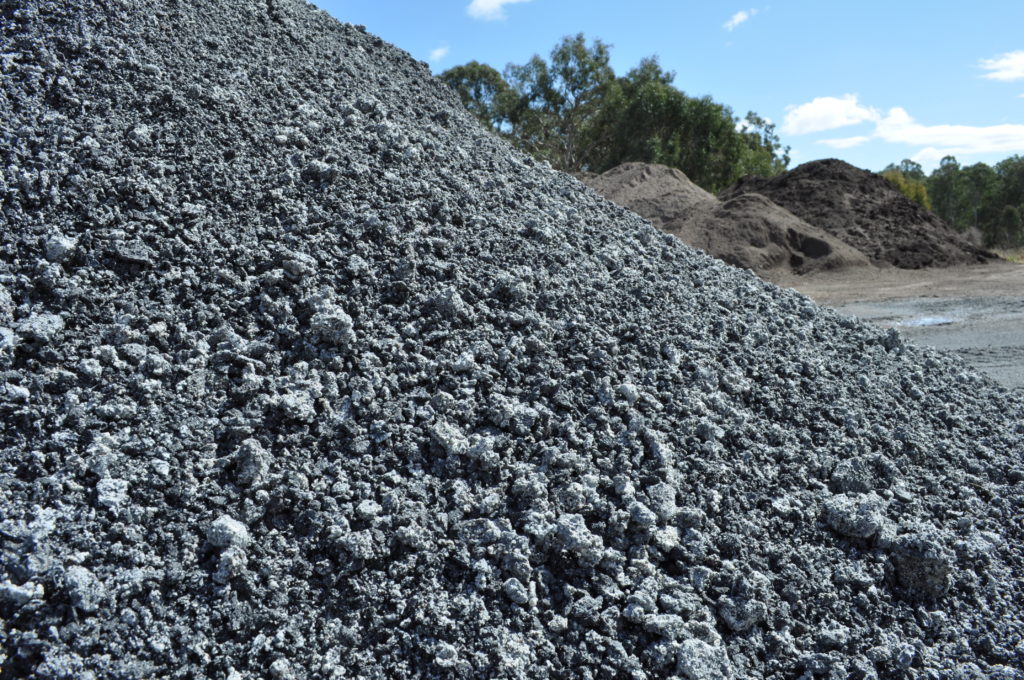Clinker
Clinker
Clinker is a crucial component in the production of cement, which is a primary binding agent used in construction. It is essentially a granular material that forms as a result of heating a mixture of limestone, clay, and other minerals in a kiln at very high temperatures. This process, known as “clinkering,” causes chemical reactions within the raw materials, resulting in the formation of small, hard nodules called clinker.
Formation: Clinker formation occurs when the raw materials are heated to around 1400-1450°C (2550-2640°F) in a cement kiln. At this temperature, the minerals in the raw mix react to form new compounds, primarily calcium silicates and aluminates. These compounds give clinker its characteristic hardness.
Composition: The main components of clinker are tricalcium silicate (C3S), dicalcium silicate (C2S), tricalcium aluminate (C3A), and tetracalcium aluminoferrite (C4AF). The exact composition varies depending on the raw materials and the specific kiln conditions.
Cement Production: After clinker formation, it is cooled and ground into a fine powder to create cement. The clinker is mixed with small amounts of gypsum and other additives to regulate setting time and enhance properties. The resulting cement is used as a binding agent in construction to hold various materials together.
Role in Cement Properties: The composition of clinker influences the properties of the final cement, including its strength, setting time, and resistance to various environmental factors. The ratio of the different compounds in clinker affects how the cement will perform in different applications.
Environmental Impact: Clinker production is energy-intensive and a significant contributor to carbon dioxide emissions due to the high temperatures required for its formation. Efforts are being made to develop more sustainable and eco-friendly cement production processes to reduce its environmental impact.
Varieties: Different types of cement clinkers can be produced by adjusting the raw material mix or kiln conditions. For example, types of clinker like sulfate-resistant clinker or low-heat clinker are tailored for specific construction needs.









